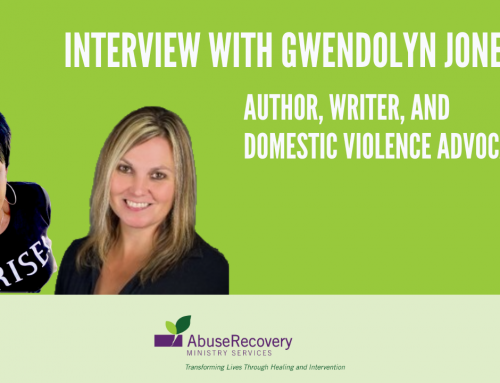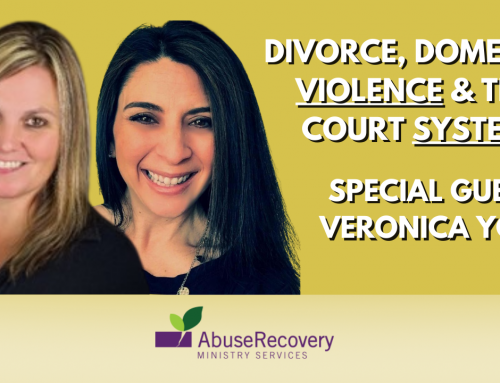One of the most challenging things about emotional abuse is that it’s not always obvious that it’s even happening. It’s rarely something that you realize overnight. You might be alerted by someone else who’s looking out for you, only then to recognize the signs for what they are. Often you just know somewhere in your mind that something isn’t right, until you finally ask if you’re being abused, a question for which ARMS has a dedicated page. From there, you can slowly piece together just what shape that abuse is taking.
When it comes to dealing with emotional abuse, it is nearly always a complex process. No healing process is ever the same as another, since no two profiles of abuse are exactly the same. However, after getting yourself safe and protected, one of the most common, necessary next steps is reclaiming one of the tiniest and most powerful words in the English language: “No.” So often in an abusive situation the word “no” is withheld, initially so as to avoid consequences, and eventually out of habit, according to Dr. Jeanne King.
How to Safely Say “No”
So, once you’re safe and already working on recovering from emotional abuse, how can you reclaim the word? A common suggestion is to speak to a licensed therapist about this issue specifically, in addition to your abuse more broadly. Faith-based methods found in ARMS programs can also guide survivors.
Yet another way is to read expert opinions on the matter, usually in the form of reputable books and articles. One such book to check out is “Boundaries” by Henry Cloud and John Townsend. While the book does not concern abuse recovery specifically, it delves into a lot of the fundamental issues that make so many of us uncomfortable with “no.” Specifically, Scribd’s write-up on “Boundaries” lists several key questions the book explores, such as the challenge of being aware of your own limitations as a loving and unselfish Christian, and why acting on that limitation awareness makes you feel guilty. Another title, “The book of No” by Susan Newman, gives perspective and advice on different scenarios.
Practical Steps to Start Saying “No”
One step is to practice saying no to small, inconsequential things. Every time you use the word, think of it like a bicep curl for your confidence and assertiveness, so that you’re almost exercising it back into your vocabulary. Doing it in contexts with low stakes reduces the pressure you might put on yourself, without causing major disappointment that can trigger a lot of guilt.
Linking this into a broader mindset, another strategy is to focus on what you want — not what others ask. An Inc. piece more geared toward saying no in business and daily life settings frames this as “being selfish,” which is another way to think of it. But remember that having reasonable expectations to do what you want isn’t the same as the sin of pride. You’re not assuming that your desires are more important than anyone else’s, just remembering that you’re a valuable human being on this Earth with a right to take your own path. So if possible, as you heal, you can start to be more conscious of your own wants and preferences, and that awareness will in turn help you toward saying no to things you don’t want.
Written by Gia Macy







Leave A Comment